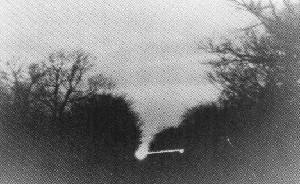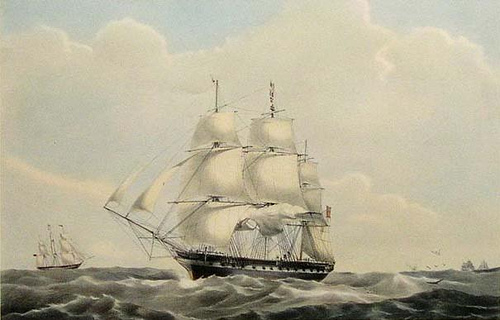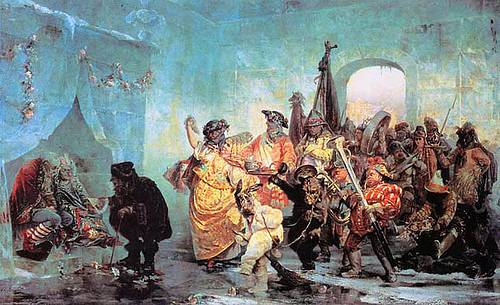
From the three-state junction of Kansas, Missouri, and Oklahoma, drive four miles south to Oklahoma East 50 Road, park your car, and look west. You’ll be looking into an uninhabited area known as the Devil’s Promenade, and on many nights you’ll see a ball of light floating about 2 feet above the ground.
No one knows what it is. Beyond the forested hills lies Interstate 44, so possibly it’s an effect of headlights, but the first documented sighting occurred in 1881, and the photograph above was taken in the early 1900s.



